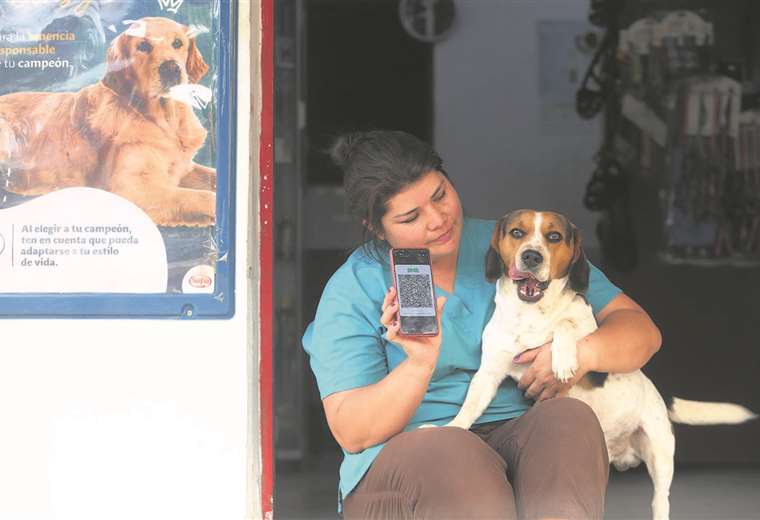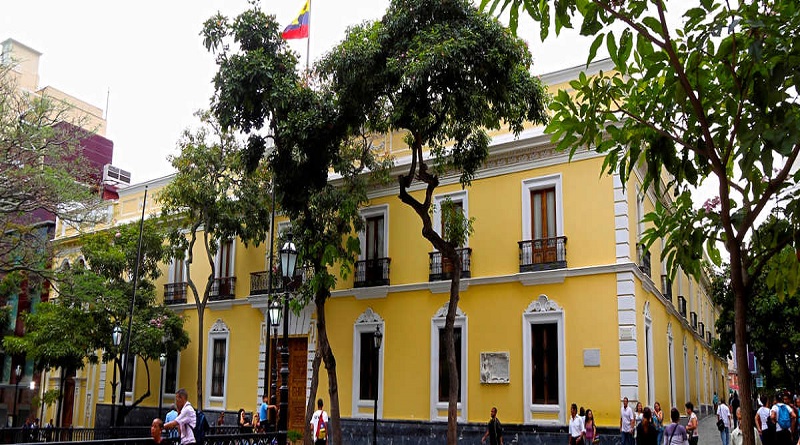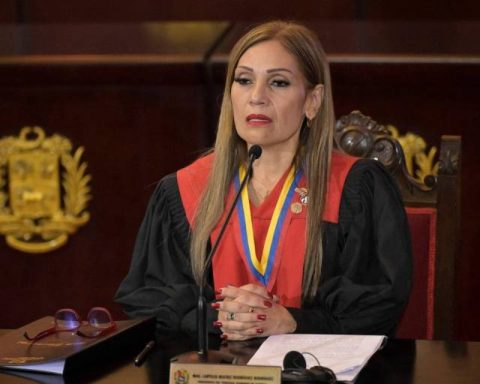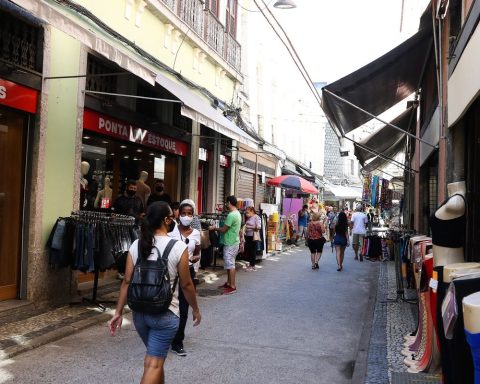Various leaders of the agro-industrial sector highlighted this Monday the results achieved so far by the Export Increase Program, and stressed that this month the largest liquidation of foreign exchange in the last 10 years will take place.
Thus, they highlighted to Télam the success of the measure through which an exchange rate of $200 per dollar is applied to soybean exports and that it achieved settlements of US$2,200 million in its first week.
The new scheme will result in the “best month of September in the last 10 years” regarding foreign exchange settlement, assured the president of the Chamber of the Oil Industry and the Cereal Exporters Center (Ciara-CEC), Gustavo Idígoras.
In the first five days of surgery, 4.6 million tons of soybeans were liquidated, which resulted in a liquidation of US$ 2,200 million, a figure that has exceeded both private and official expectations.
From the Rosario Stock Exchange (BCR) they indicated, for their part, that the sales include new operations, pesifications of pre-existing contracts and fixations of previous contracts whose merchandise was dispatched previously, but whose price is then set at the value of the current month.
The days where soybean marketing peaks occurred were last Tuesday and Wednesday, when trades were made for 1,336,570 and 1,009,427 tonsrespectively, between new contracts and fixations.
In this way, the goal of US$ 1,000 million estimated for the first three days by the Ministry of Economy was easily exceeded.
“It is a very high number because last month the producers had liquidated 1,800,000 tons,” said Idígoras who, in line with the amounts committed to the Government, foresees a liquidation of “five million tons” for this month.
The business leader remarked that the measure brings “a direct effect to the producer” granting him “50% more purchasing power to buy inputs and invest.”
“Before the measure, the producer received $50,000 (on average per ton of soybeans) and now $69,000, so, in practice, the measure eliminates producer withholdings”Idigoras specified.
The benefit, provided “in an extraordinary and transitory manner”, will be extended until September 30.
“It seems good to us that the regime ends this month. An extension could bring many problems in marketing and affect other agricultural chains such as corn,” explained the president of Ciara-CEC.
For his part, the leader considered that the measure has a green light from the producers’ chambers.
“(The Minister of Economy, Sergio) Massa met many times with the Liaison Table, I even think more than us,” said the head of Ciara-CEC, who pointed out that although these entities wanted the measure to also cover ” other crops” beyond soybeans, “did not invalidate it.”
Along the same lines, for CEO of Syngenta, Antonio Aracrethe measure has been “exceedingly positive”.
“In just one week, practically 40% of the month’s objective was liquidated with US$2.2 billion of the expected US$5 billion,” the executive remarked, indicating that the provision is an example that, “with the right incentives , the appropriate behaviors are generated”.
Likewise, Aracre stressed that the liquidation level “is strengthening the reserves of the Central Bank (BCRA)”.
“This allows the BCRA to continue to have the necessary operations to deal with imports so that the industry does not stop”affirmed the CEO of Syngenta.
In the case of his sector, he pointed out that “August was a difficult month” regarding approvals to import but he pointed out that, “by the end, greater fluidity began to be noticed.”
At the same time, he maintained that the numbers of the last week “allow the expectation to be generated so that the financial dollars do not continue to climb.”
“On the contrary, not only have they stopped but there is a de-escalation”Aracre added.
Regarding the recent increase by the BCRA of the minimum financing rate to 120% for soybean producers who retain a harvest greater than 5% of their production, the CEO of Syngenta criticized the establishment of “differential interest rates by sector” although it was favorable that the rate be “positive”.
“Interest rates for agriculture have always been negative. At times when production needs to be encouraged, that’s fine, but in the midst of a currency crisis like the one Argentina is facing, we can’t afford that luxury and it has to be positive” , assessed the executive.
Meanwhile, Idígoras ruled out that the scheme is having an effect on domestic market prices and separated it from the recent increase in sunflower oil prices, whose value is subsidized.
“The truth has no justification because this regime is for soybeans. It seems to me that the marketing and distribution chains have to lower (the prices) because there is no justification for them leaving the factory at $250 and that in some points of sale they are at $1,000,” questioned the leader.
In that sense, he pointed out that from Ciara-CEC they have contacted the Secretary of Commerce so that the area led by Matías Tombolini has the pertinent measures.
“At the time, we raised the possibility of extending (the “soybean dollar”) to other crops, but the government was emphatic in rejecting this possibility because it believes it would affect domestic prices,” Idígoras said.


















